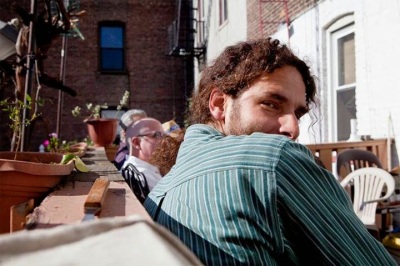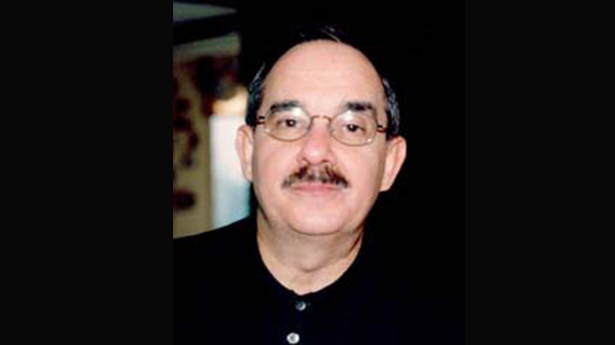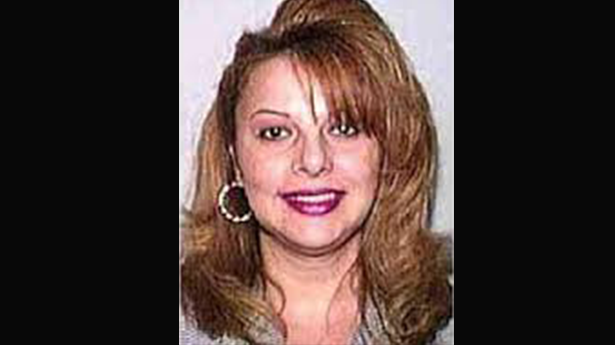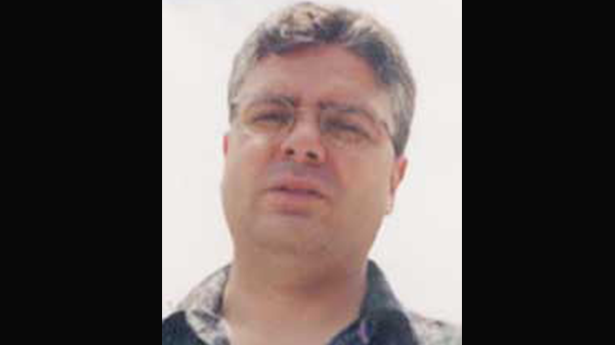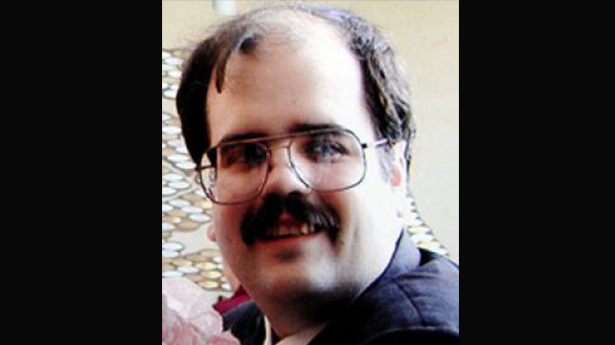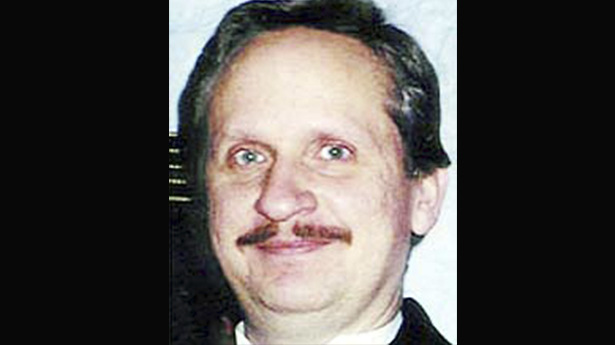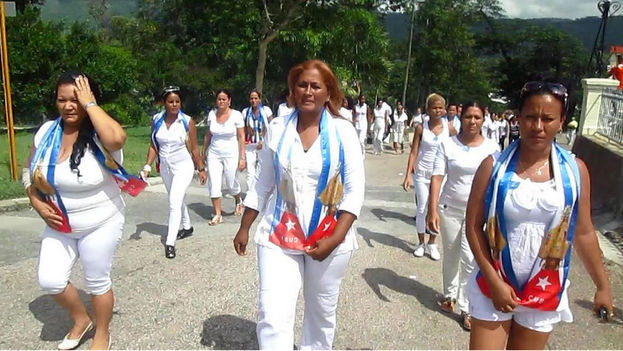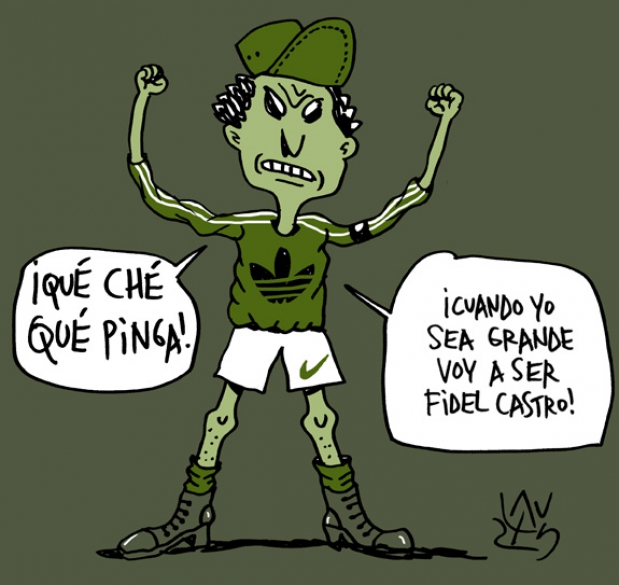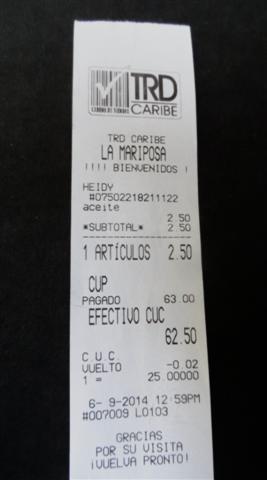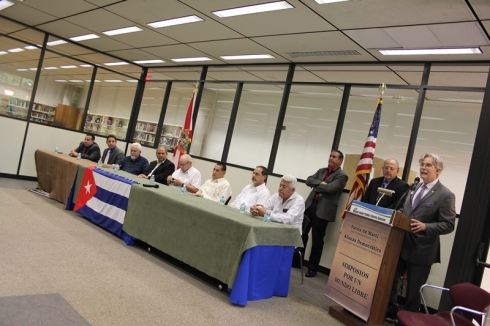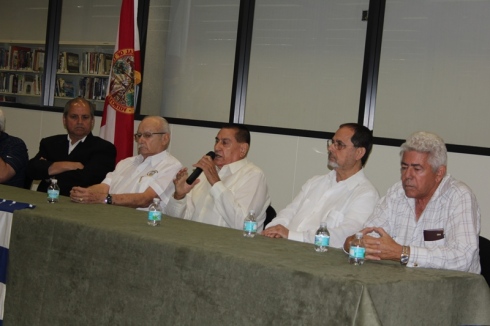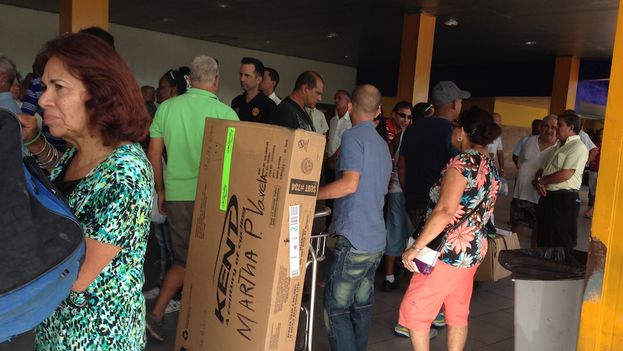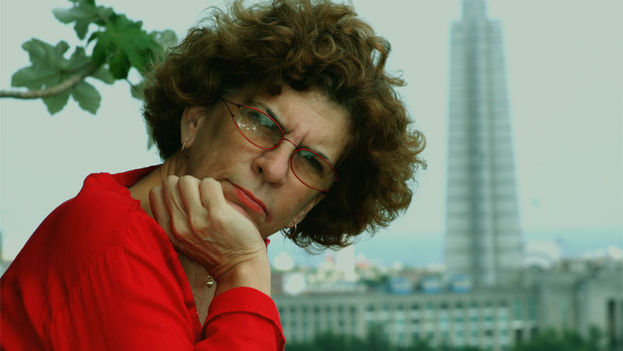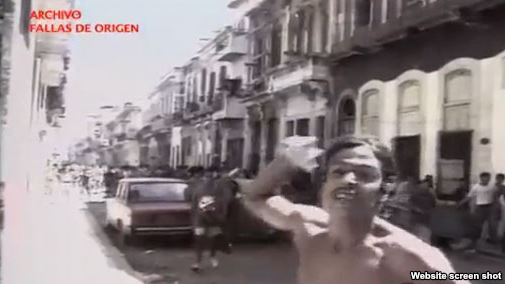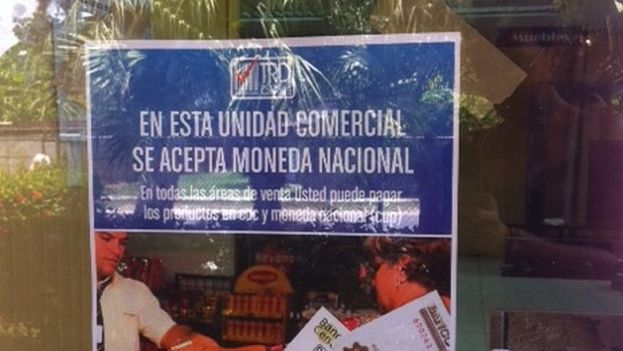We returned to a subsistence economy. The factories shut down as they had no fuel or supplies. Tractors were replaced by oxen. And the power cuts lasted 12 hours a day.
The island entered completely into an era of inflation, shortages and hunger. To eat twice a day was a luxury. Meat, chicken and fish disappeared off the menu. People ate little, and poorly. Malnutrition caused exotic illnesses like beri-beri and optic neuritis. continue reading
The olive green government put contingency plans into action. Research institutes patented garbage food such as meat mass, soya soup, and oca paste, which were used to fool the stomach.
The government considered an extreme project called “zero option,” against the time when the people would start to collapse in the street due to hunger. It was a red alert, when military trucks would hand out rations neighbourhood by neighbourhood.
“Zero option” did not get implemented. The dollar ended up worth 150 Cuban Pesos, and a pound of rice, if you could get one, cost you 140 pesos, the same as an avocado.
That’s how we Cubans lived in 1994. A hot year. Many people launched themselves into the sea in little rubber boats, driven by desperation and hardship, trying to get to the United States.
I was 28 and four out of every five of my friends or people I knew were making plans to build boats good enough to get them to Florida. We talked of nothing else. Only about getting out.
In the morning of 5th August it was still a crime to be a boat person. If they caught you, it meant up to 4 years behind bars. In spite of the informers, the blackouts helped people build boats of all shapes and sizes. Havana looked like a shipyard.
In my area, an ex-sailer offered his services as a pilot to anyone setting out on a marine adventure. “It’s a difficult crossing. You could be a shark’s dinner if you don’t organise your expedition properly,” he said.
At that time there were red beret soldiers carrying AK-47s patrolling the streets in jeeps. The capital was like a tinderbox.Any friction could touch off a fire. Hardly a month and a half before, on 13th July, the fateful sinking of the tugboat 13 de Marzo had occurred.
In order to teach would-be illegal escapees a lesson, the authorities deliberately sunk an old tug 7 miles out from the bay of Havana.
72 people were on board. 37 of them died, among them, 10 children. According to the survivors’ testimony, two government tugs refused to help them. It was a crime.
At eleven in the morning of Friday August 5th, a friend of mine came up to a group of us kids who were sitting on a corner in the neighbourhood, and, stumbling over his words, said: “My relatives in Miami have phoned up. They say four large boats have left for Havana, to pick up anyone who wants to leave. There are lots of people in the Malecon, waiting for them.”
A route 15 bus driver, who now lives in Spain, invited us to ride in his bus, to get there faster. He turned off his route. And as he went along, he he picked up anyone who stuck out his hand.
“I’m going to the Malecon” he told people. Every passenger who got on had new information about what was happening. “They’ve broken shop windows and they’re stealing food, toiletries, clothes and shoes. They’ve overturned police cars. Looks like the government’s fucked.”
There was a party atmosphere. The bus was stopped by the combined forces of the police, soldiers and State security people, near the old Presidential Palace.
A group of government supporters was trying to control the antigovernment protesters and the disturbances that were breaking out. It was bedlam.
We got off the bus and we walked down some side streets going towards the Avenida del Puerto. There were lots of anxious people in the avenue with their eyes on the horizon.
There was a police car which had been smashed up by having stones thrown at it near the Hotel Deauville. Paramilitaries were arriving in trucks, armed with tubes and iron bars. They were casual construction workers hired by Fidel Castro who had been rapidly mobilised.
For the first time in my life I heard people shouting Down with Fidel, and Down with the Dictatorship. What had started off as a lot of people trying to escape to Florida had turned into a popular uprising.
The epicenter of what came to be called the Maleconazo were the poor mainly black neighbourhoods of San Leopoldo, Colón and Cayo Hueso. Places where people live in tumbledown houses and with an uncertain future.
Those areas breed hustlers, illegal gambling and drug trafficking. And the Castro brothers are not welcome there.
After 6:00 in the evening of 5th August 1994, it seemed that the government forces had taken control of the extensive area where the people had filled the streets to protest, rob, or just sit on the Malecon wall to see what happened.
Anti-riot trucks picked up hundreds of young men, nearly all of them mixed race or black. A rumour went round that Fidel Castro was having a look round the area. The soldiers had released the safety catches on their AK47s, ready to use them.
By the time it began to get dark, the disturbances were already under control. We walked back, talking about what had happened. That night, because they were afraid another revolt might break out, there was no power cut in Havana.
Iván García
Translated by GH
6 August 2014
